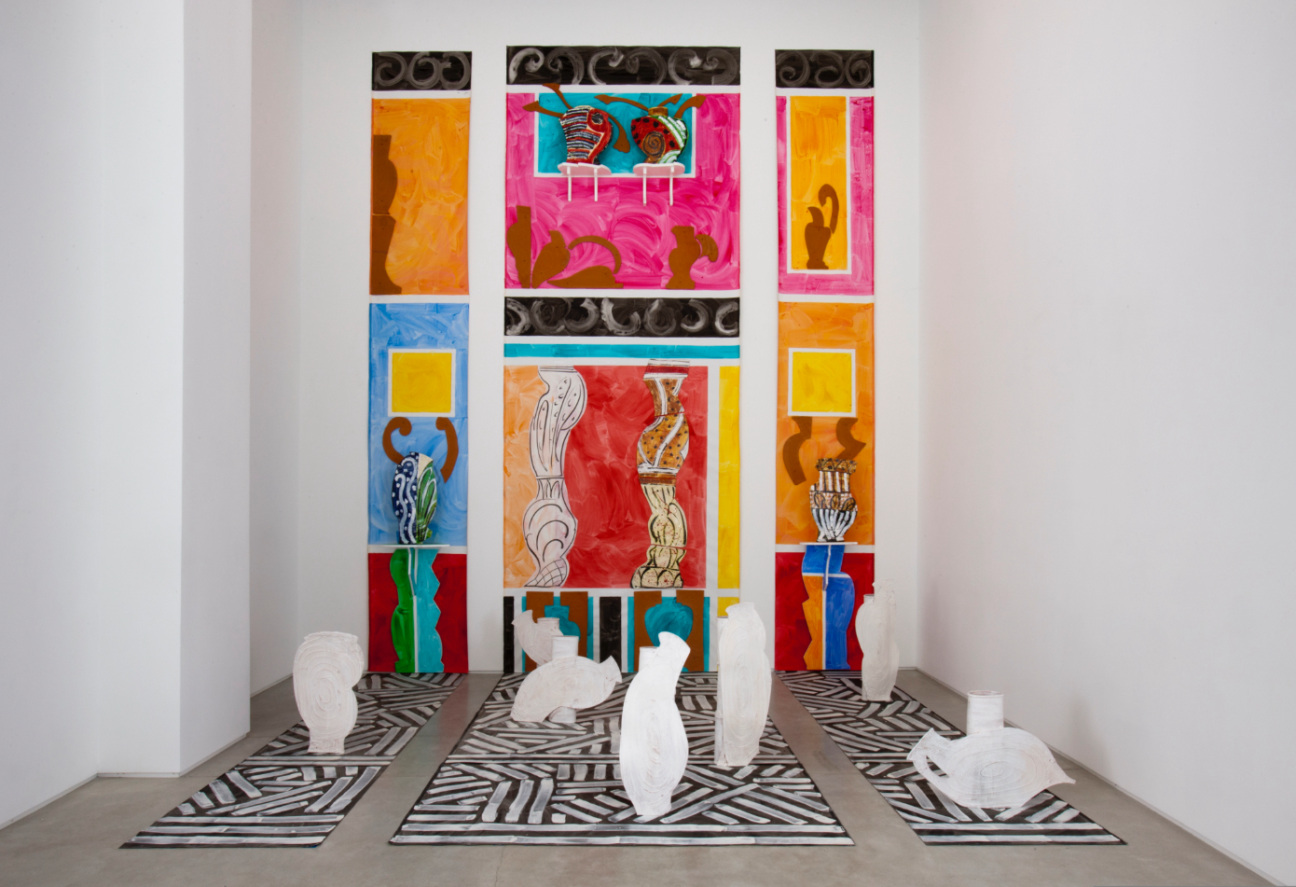
Ceramics is one of the most ancient artforms. Cultures across the globe first began expressing artistry via the vessels they used to drink, eat, and store provisions. Over millennia, we’ve used the medium to perform function, express social status, and tell stories. The adaptability of ceramic materials—which enable such variety in terms of both shape and appearance—has played into their significance throughout the history of art and design.
Particularly over the past century, the world of ceramics has evolved exponentially, and now encompasses everything from beautifully simple tableware to ornately decorative sculptures—easily affordable items to highly collectible artworks. Several artists from the last century have defined how we collect and curate these objects, so for this new iteration of Quick Study, I decided to speak to some of today’s top designers, curators, and gallerists to get their individual takes on their influences.
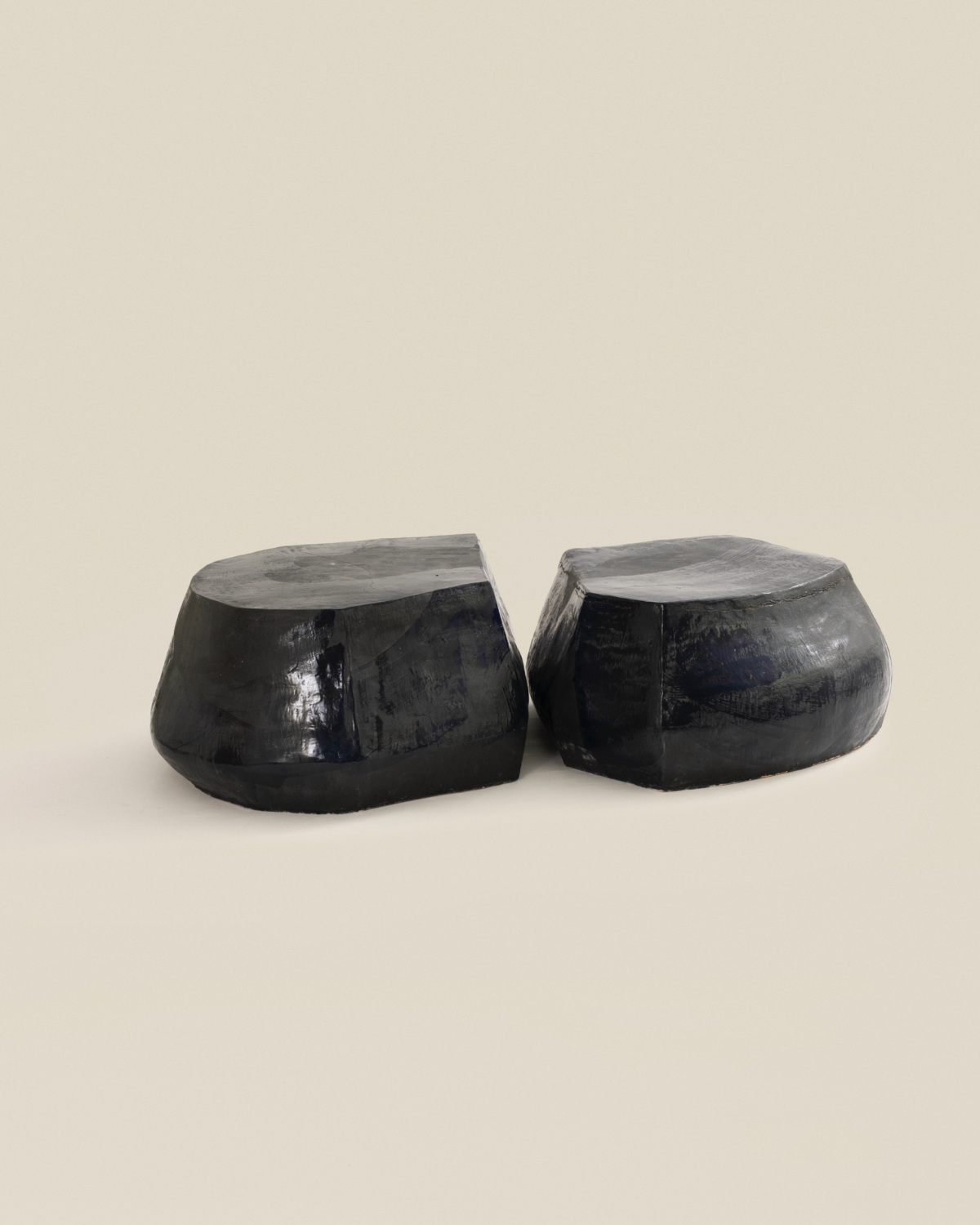
Do you view ceramic works as fine art or design objects?
Nadia Guitteau, founder, Alratitostudio: "Ceramic works occupy a fascinating space that can blend both fine art and design, depending on their purpose and the context in which they’re created or displayed. When a ceramic piece is crafted primarily for aesthetic exploration, expression, or as a form of commentary—similar to a painting or sculpture—it’s often considered fine art.
On the other hand, when ceramics are crafted with an emphasis on functionality, durability, or a utilitarian purpose—such as tableware, vases, or tiles—they’re more aligned with design objects. However, this doesn’t negate their artistry; well-designed ceramics often have a strong artistic element, as design requires creativity, craftsmanship, and a deep understanding of form and function."
Alex Tieghi-Walker, founder, Tiwa Select: "I've always leaned into the beautifully blurry space of not necessarily defining anything as fine art, design, or craft. I think the more we keep things nebulous, the better; it allows each person or viewer to interpret things their own way. I can see some ceramic works as both fine art and design objects depending on how they are displayed or used, or not used."
Olivier Garcé, co-founder, Garcé & Dimofski: "Ceramics can easily be seen as either fine art or design objects, depending on how they’re made and used. As art, they’re about expressing ideas and beauty; as design, they’re about function and practicality, like objects or tiles. A lot of pieces actually fall somewhere in between, mixing art and utility. For us, ceramics can be a great way to add both style and function to a space, fitting perfectly into either role."
Lindsey Chan, co-founder, Office of BC: "It depends on the function and usage. For example, a ceramic wall piece I consider fine art as its function is for viewing. However, a ceramic coffee table or vase, I consider a design object because of its function as a surface or vessel. Fine art typically lacks utility, however ceramics in my own house and our client's homes can serve a purpose in a tangible way—like art you can touch and feel."

Which ceramic artists from the last century have been the most influential on your work as a designer or gallerist?
Larry Ossei-Mensah, curator: "Peter Voulkos stands out for his pioneering work that broke the boundaries between ceramics and sculpture, transforming the medium into a vehicle for raw, physical expression. His fearless approach pushed me to see ceramics as a dynamic language that could be as expressive as any other fine art form."
Marianne Boesky, founder, Marianne Boesky Gallery: "I have had a healthy obsession with Lucio Fontana’s ceramics for a very long time! The physical space he conjures between abstraction and figuration is magical for me."
Dobrinka Salzman, gallerist: "I must start with Lucie Rie and Hans Coper, who even though they migrated to England, very much represent the British ceramic tradition. Then the French ceramic masters like Vera and Pierre Szekely, Andre Bordire, Georges Jouve, Valentine Schlegel, Jean and Jacqueline Lerat, Vassil Ivanoff, and the entire La Borne school. And last but not least, Japanese-American Toshiko Takezu and American sculptor Peter Voulkos. These are the artists who have influenced me the most, because subconsciously I look for their integrity and techniques in every contemporary artist."
Jeanne Greenberg Rohatyn, founder, Salon 94: "Magdalene Odundo’s mastery of clay—her years of travel and study in coil and burnishing techniques, her deep absorption of so many cultural practices, her singular invention has created some of the greatest sculptures of our time. Brancusi did this by carving modest wood, stone, and marble. With a rare beauty and magic, she is my highest measure.
Also, in 1984, my father’s St. Louis gallery showed one of Viola Frey’s giant-sized ceramic women—and I was awed, and aghast. At that time, my aesthetic comfort level and frame of reference for ceramic was Richard Devore, Ken Price, and Peter Voulkos. Frey’s works teetered on the kitsch and helped my eye to adjust and see, paving the way for me to champion the fierce sculptural and feminist practice of Ruby Neri."
Maxime Flatry, gallerist: "Pierre-Adrien Dalpayrat has had a significant influence on my perspective. I appreciate the timelessness he brings with his classic forms, along with a nearly pop touch in his color palettes. What is particularly fascinating about his practice is his use of metal, almost like an alchemist, just to achieve the colors he wanted to produce, which are often nearly irreproducible."
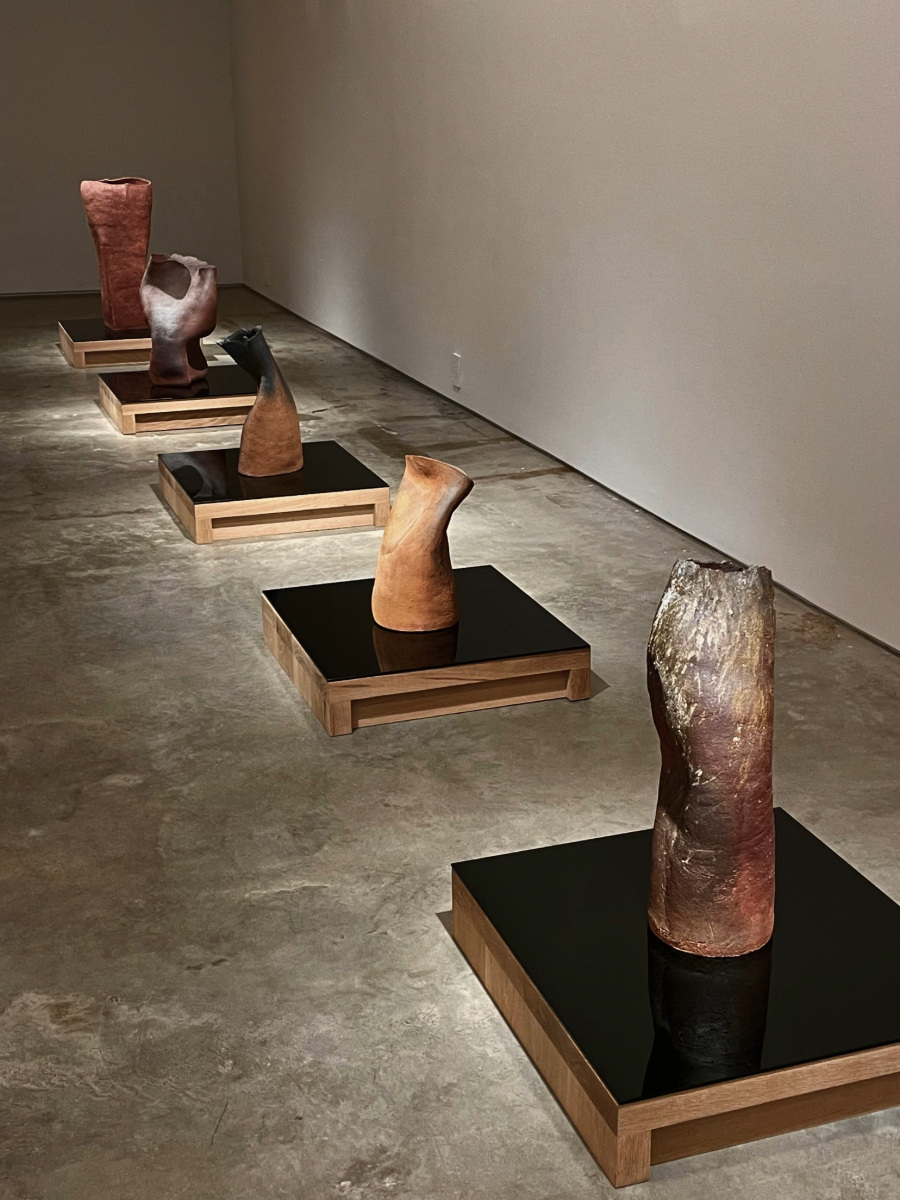
Are there specific ceramic techniques or geographic regions that have influenced the artform or practice in your perspective?
Akari Endo-Gaut, curator and creative consultant: "In Japan, we have many different techniques depending on each region’s soil quality. I love each of those traditional techniques rooted in specific areas and communities. Also it’s fascinating to me that some techniques, like slipware, traveled from west to east and back to west. I am very fond of ancient techniques as well, from Yayoi and Jomon-period techniques, to Athenian pottery."
Glenn Adamson, curator: "One thing that makes ceramics so intriguing is its universality. Among the oldest surviving evidence of human creativity and everyday objects are made of fired clay, and almost every culture has its own tradition. This said, there is no question that Chinese ceramics and the inventive responses of potters in Korea, Vietnam, and Japan have exerted a tremendous impact, worldwide. The respect accorded to the discipline in East Asia, and the technical and artistic excellence that has existed there for millennia, are unmatched."
Olivier Garcé: "Portugal is a big influence on our ceramic work, especially through places like the Gulbenkian Foundation and the Machado de Castro National Museum, where collections span over 2,000 years. The rich history and unique regional techniques we’ve seen there really shape our approach—blending tradition with a modern touch."
Suzanne Demisch, founder of Demisch Danant gallery: "Recently, I've been interested in Japanese ceramics and the low-fire technique of raku that was first developed in the 15th and 16th centuries. It’s fascinating that it originated from the tea ceremony—I am a long time tea drinker—and I am drawn to its distinctively textured surfaces and delicate, crackled glazes, which are a result of its rapid process. The clay is fired, glazed, and cooled within minutes. The tea masters appreciated the purity and unpretentiousness of the objects. Jos Devriendt presented a series of works exploring the ancient ceramic technique of raku."
Rudy Weissenberg, co-founder of AGO Projects: "Ceramics are a great source of inspiration for us. In fact, it is one of the materials besides natural fibers that allowed humans to go from being nomadic to settled communities, offering storage of food, water and provisions. [Ceramics] became embellished vessels that eventually were heightened to an art form. We look at Japanese ceramics, Latin American clay craft, and contemporary artists working with the medium."
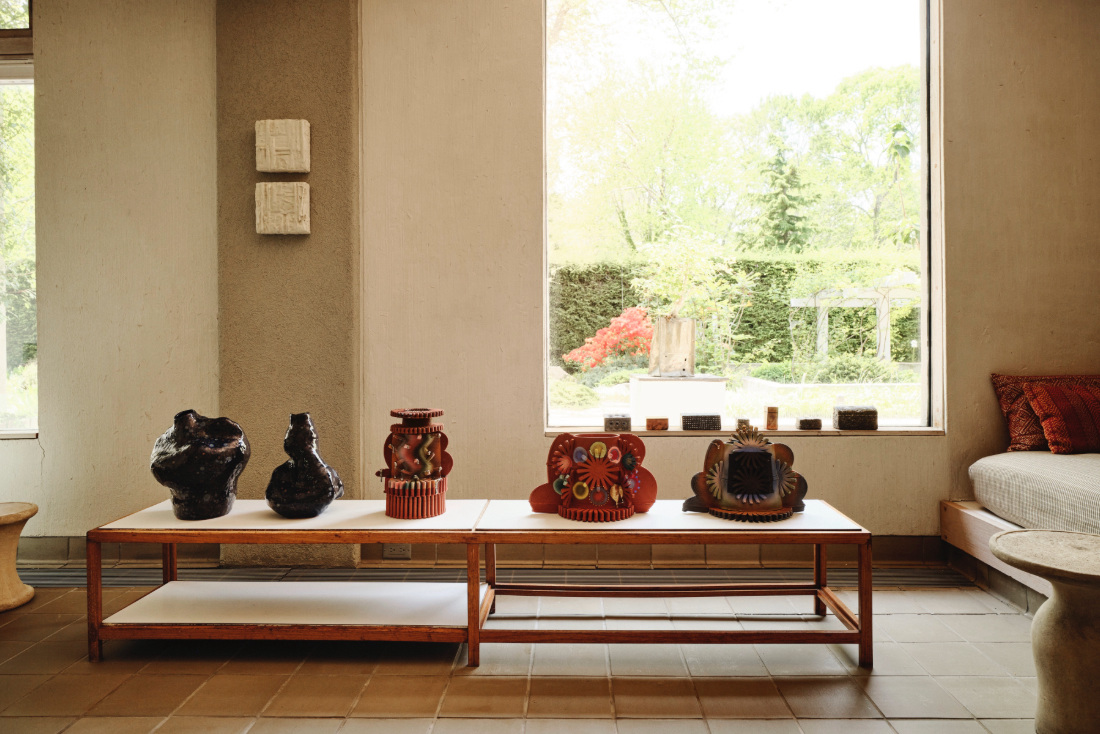
Was there a recent museum or gallery show that focused on or integrated ceramics that resonated with you?
Larry Ossei-Mensah: "'Clay Pop' at Deitch Gallery was a standout, bringing together a group of contemporary artists pushing the boundaries of ceramics by merging traditional techniques with a pop aesthetic. It’s exciting to see artists using clay to explore fresh and relevant themes—humor, irony, consumer culture, and the human condition. The show affirmed how clay can engage with the contemporary moment, making ceramics timely and provocative."
Rafael de Cárdenas, interior designer: "Abby Bangser at Object & Thing generally produces exhibitions, often in residential settings, that suggest how to live with art and objects in the more casual way that most of us live. Nothing feels too precious but everything is very special. She is currently showing a series of Jim McDowell's jugs that are rooted in African American Southern tradition and pack quite a timely political punch. Pierre Marie Giraud's show of Masaomi Yasunaga works this past spring was a really inspiring flex in capability and command of form and material."
Abby Bangser, founder, Object & Thing: "The Toshiko Takaezu exhibition at the Noguchi Museum, on view this past summer, was an incredible experience for me. I also drove up to see the concurrent exhibition at Museum of Fine Arts Boston. I still was exhilarated to see her work there, especially the way they integrated her fiber works and the ceramics with an educational timeline. But for me, the harmony with the natural light and industrial architecture at the Noguchi, and the placement of the works, was absolutely sublime."
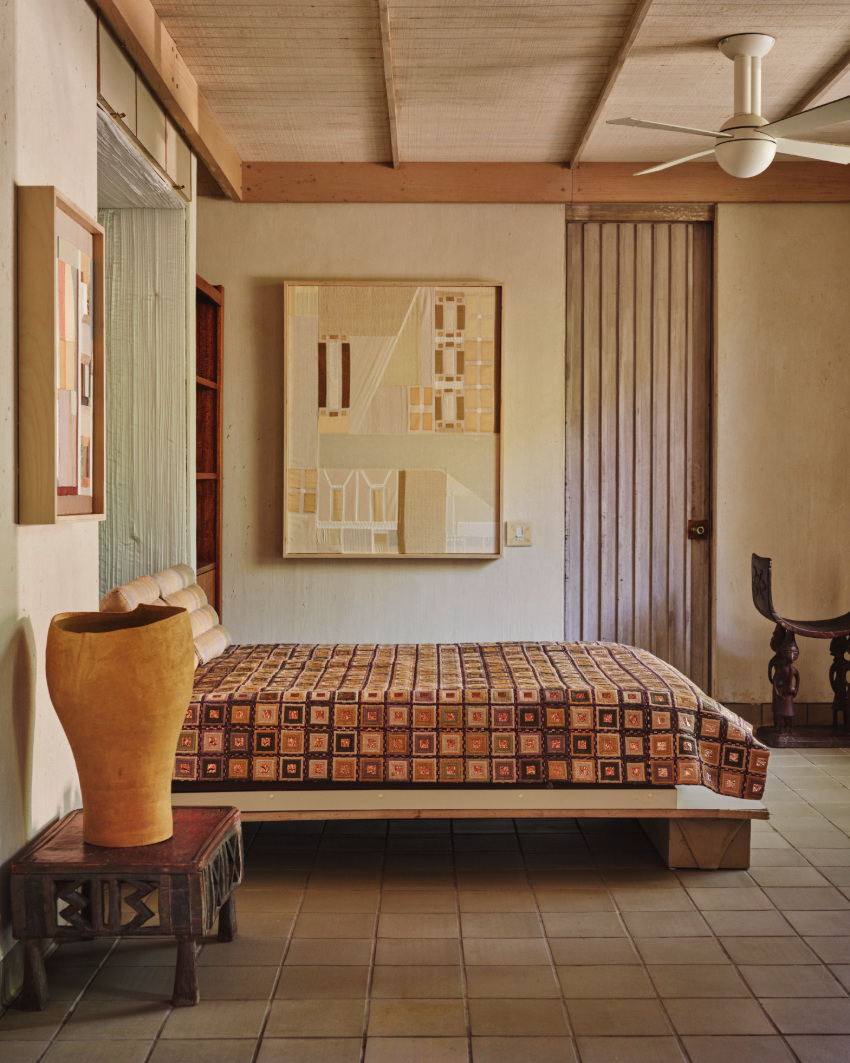
In your view, is there a proper way to exhibit ceramic works in a residential space?
Alex Tieghi-Walker: "Absolutely not, go with your gut! I have works that should probably never be used given their rarity, technical construction, or beauty, but they sit in piles of servingware ready to be overused or broken one day. On the other hand, there are silly little pieces that were definitely intended to be very functional, like a set of fish-shaped mezcal cups I own, that I can't help but display as a curio and would never dream of using."
Abby Bangser: "I am often guided by the object. I do think it is important to not be too precious about it all. I have two sons, ages 7 and 5 years old, and we live with ceramics everywhere at home. Our sons have always lived with ceramic work and know to be respectful, yet comfortable with it. We also use the pieces that are meant to be functional. It brings me so much joy returning from Frances Palmer’s garden in the fall with an armload of her dahlias and then arranging them in one of her many vases that are part of our life at home."
Fernando Santangelo, designer: "I have my ceramics by windows where light rakes the surface. Or I line them up in a glass case, like my grandmother did!"

Any resources you can share for sourcing ceramic works?
Sandra Weingort, interior designer: "Objects carry great memories, so there's nothing quite like collecting local works during travels. On a personal level, this is what I find most interesting and meaningful, which is why I always research ceramic sources wherever I go. On a larger scale, for my clients, I love the Marché aux puces in Paris, online auctions, and galleries like Magen H Gallery, Lebreton Gallery, Thomas Fritsch, Demisch Danant, Dobrinka Salzman, Object & Thing, Tiwa Select, and RW Guild."
Adam Charlap Hyman, co-founder, Charlap Hyman & Herrero: "Jason Jacques Gallery is an incredible ceramics gallery in New York that I am always keeping an eye on. Salon 94 has some amazing ceramics as well. You can also find extremely unique pieces by individual artists almost anywhere. I find these at auction, on eBay, or through various European antiques websites. You can find some incredible things for very little money through this route."
Larry Ossei-Mensah: "Some good resources would be the Kiln Room in London and the Clay Studio in Philadelphia. There’s also DoClay, Powerhouse, BKLYN Clay, and Greenwich House Pottery. For galleries: Salon 94, Friedman Benda, R & Company; museums: The Met, Museum of Art and Design, The Victoria and Albert Museum.
Follow the work of my curatorial colleague Angelik Vizcarrondo-Laboy, who co-curated 'Objects: USA' at R & Company and 'The Future of Clay' at Clay Studio, in addition to her book, Funk You Too!: Humor and Irreverence in Ceramic Sculpture."
Fernando Santangelo: "I’ve found the best ceramics in flea markets and online."

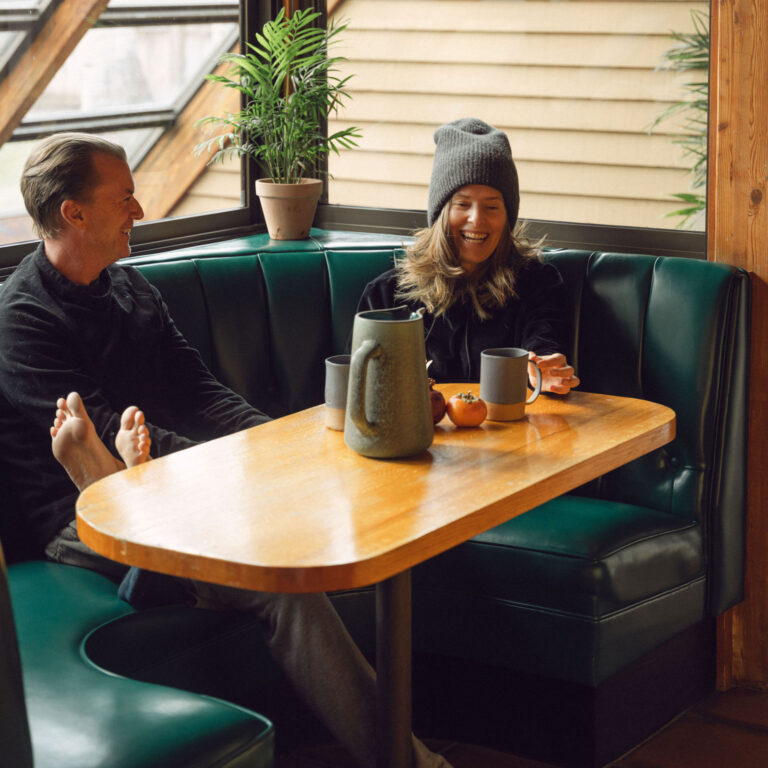
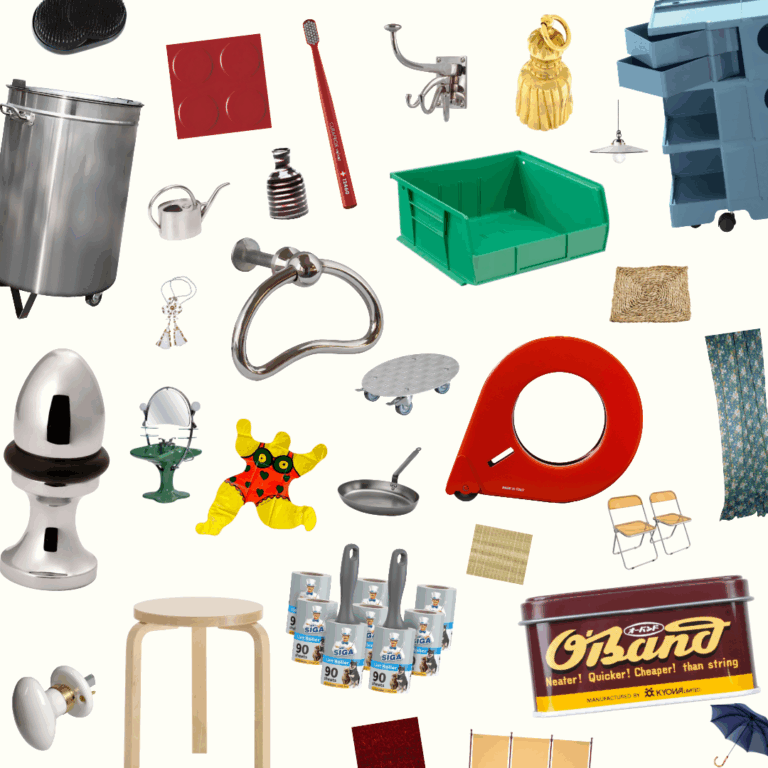

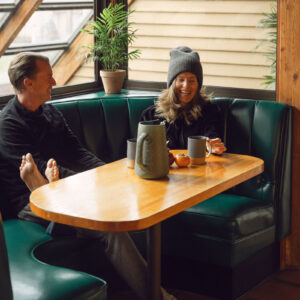
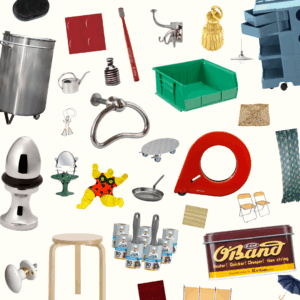




 in your life?
in your life?

